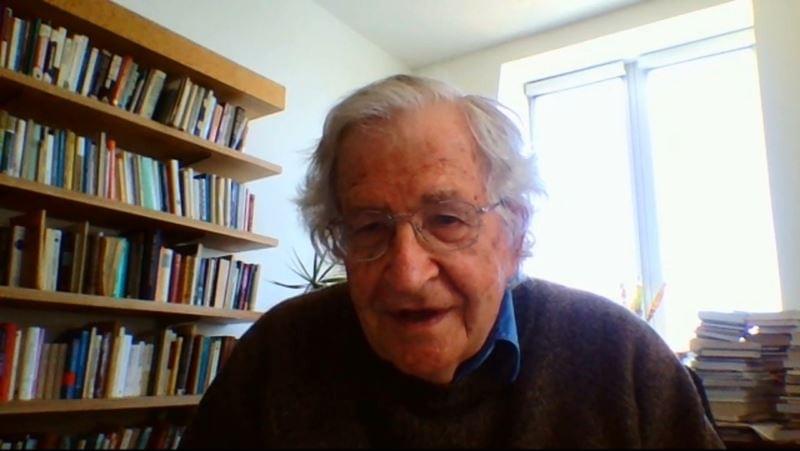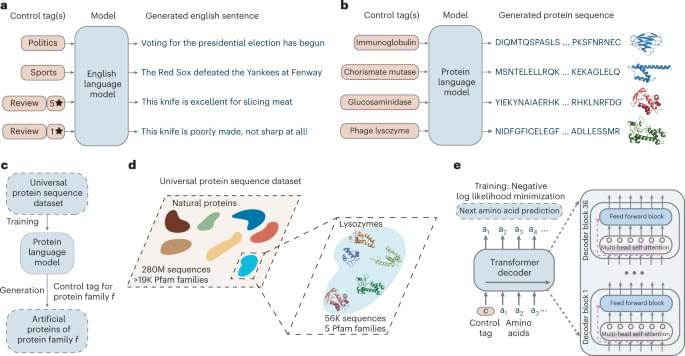Claim your SPECIAL OFFER for MagellanTV here: https://try.magellantv.com/arvinash Start your free trial TODAY so you can watch The Most Powerful Black Holes in the Universe” about the extremes of time and space, and the rest of MagellanTV’s science collection: https://www.magellantv.com/watch/the-most-powerful-black-hol…niverse-4k.
REFERENCES
The Tempest by Peter Cawdron: https://tinyurl.com/2ep4uzvs.
Inside Black Holes: https://youtu.be/iUr8Obv_DeA
How Black Holes form: https://youtu.be/7xCgnMqIgPI
How Stable orbits form around Black Holes: https://tinyurl.com/2klz9mfd.
CHAPTERS
0:00 Karl Schwarzschild theorizes black holes.
1:58 Inspiration for this video.
3:16 How black holes form.
5:28 What is the Event Horizon?
7:25 How Time flows near & inside a black hole.
9:57 How can Black Holes be so bright if no light escapes?
11:34 How do we detect black holes if we can’t see them?
12:29 Can life form on a planet orbiting a black hole?
14:59 How long do black holes last?
SUMMARY
Karl Schwarzschild crafted the first exact solution to Einstein’s equations of general relativity. He found that as gravity increased around an object, there must be a point where even light could not escape. He theorized black holes.
Stars are in a balance between gravity trying to collapse it inward, and energy of fusion in its core which pushes outward. But when large stars run out of fuel, gravity causes it to collapse. If the star is massive enough, this results in a supernova. A black hole remains in the center of the debris, if the collapsed core has a mass of 2 to 3 times the mass of our sun.
In a Black Hole, General relativity says all its mass is collapsed into an infinitesimally small volume, called a singularity. A singularity has all its mass in zero volume of space, thus it has infinite density. But infinities usually mean errors in math, so singularities may not be real.


